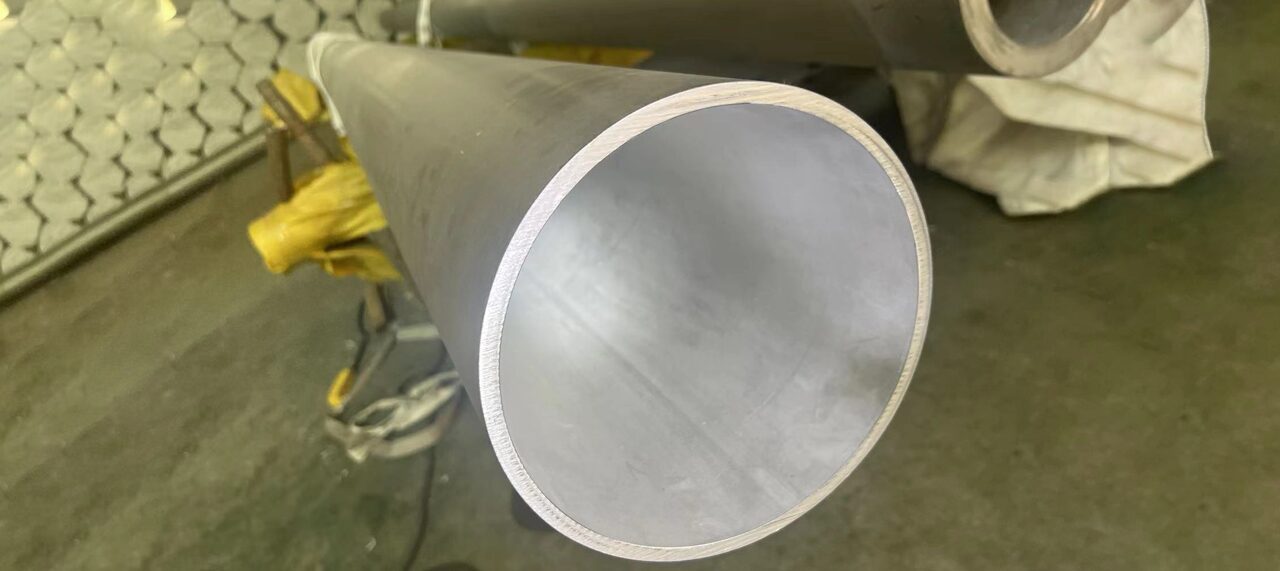Share this
Alloy steel flange
Alloy steel flange is a connection device for two large-diameter pipes, usually two flanges plus a number of fastening bolts. Alloy steel flange is made of stainless steel flange.
Alloy steel flange is used for pipes and pipelines with special characteristics, mostly used in high temperature and high pressure locations. Its common materials include 12Cr1MoV, 15CrMo, P91, P22, 10CrMo910, etc. Low-carbon steel flange has good plasticity and low strength. After adding an appropriate amount of carbon element, it will become hard, and the plasticity will decrease and the strength will increase.
The characteristics of alloy steel flange
Alloy steel flanges have sufficient strength, but are difficult to weld or have poor welding performance.
Alloy steel flange connections may need to withstand high tensile, compressive, torsion and shear strengths. Large flanges are a better choice. The main design disadvantage of alloy steel flanges is that they cannot guarantee no leakage. The connection is dynamic, and factors such as thermal expansion and fluctuating cyclic loads will cause movement between the flange faces, affecting the function of the flange, thereby compromising the integrity of the flange and ultimately leading to leakage.
The classification of alloy steel flanges
According to the mass fraction of alloy elements, they can be divided into low alloy steel flanges (total alloy element mass fraction is less than 5%), medium alloy steel flanges (total alloy element mass fraction is 5% to 10%) and high alloy steel flanges (total alloy element mass fraction is higher than 10%).
The application characteristics of alloy steel flanges
Alloy steel studs used on alloy flanges should be made of high-grade high-quality steel. The nut material is often determined according to the bolt material that matches it. These combinations are specified in general standards.
In general, the nut material should be slightly lower than the bolt material, and the nut hardness should be ensured to be about HB30 lower than the bolt hardness. According to different structural types, bolts can be divided into two categories: hexagonal head bolts and stud bolts (also known as studs), and stud bolts are divided into through-thread and non-through-thread.
The hexagonal head bolts used on alloy steel flanges are often used in conjunction with flat welding flanges and non-metallic gaskets for relatively mild operating conditions. The commonly used materials for hexagonal head bolts are BL3 or Q235B. Stud bolts are often used in conjunction with butt welding flanges under harsh operating conditions. There is no change in the cross-sectional shape on the through-thread stud bolts, so their bearing capacity is strong, while the non-through-thread stud bolts used on alloy steel flanges have relatively weak bearing capacity.
The production characteristics of alloy steel flanges
If the steel used for alloy steel flanges has certain metallurgical defects (such as segregation, looseness, inclusions and hairline, etc.), it is easy to crack during quenching. Banded structures in some structural steels and carbide segregation in high-carbon alloy steels are also causes of quenching cracks. Therefore, in order to reduce the tendency of quenching cracks, improve the yield rate and improve the performance of parts, the steel should be well forged.
In order to reduce the unevenness of carbides in high-speed steel, the re-forging method can be adopted, that is, the larger-sized bars supplied by the metallurgical plant are cut into small pieces (no need to re-forge when less than φ30mm), heated to 1100~1150℃, upsetting, stretching, and repeated forming.
When forging, heating needs to be carried out slowly and evenly, and it must be heated thoroughly. At the beginning of forging, hammer lightly and hit slowly, and gradually increase the amount of pressure. Overheating will cause forging cracks, and low-temperature forging will also cause forging cracks. After forging, sand cooling or pile cooling should be used to prevent air-cooling quenching hardening and cracks.
However, poor forging can also produce defects, such as overheating, internal cracks, etc. Poor cooling of high carbon steel after forging will cause network carbides, which must be prevented.
The principle of alloy steel flanges production
The liquid shrinkage and solidification shrinkage of alloys in the production of alloy steel flanges are manifested as the reduction of the alloy volume, which is usually expressed by volume shrinkage rate. They are the basic reasons for shrinkage holes and shrinkage defects in castings.
Although the solid shrinkage of alloys is also a volume change, it only causes changes in the external dimensions of the casting. Therefore, it is usually expressed by linear shrinkage rate. Solid shrinkage is the root cause of defects such as internal stress, deformation and cracks in castings.
Elite Piping Manufacture is a very professional company and we will definitely have products that will satisfy you.You can be sure that the products you get are backing with our commitment to quality and customer satisfaction. We provide competitive prices, fast transportation time and excellent customer service to ensure that you get the best experience.

